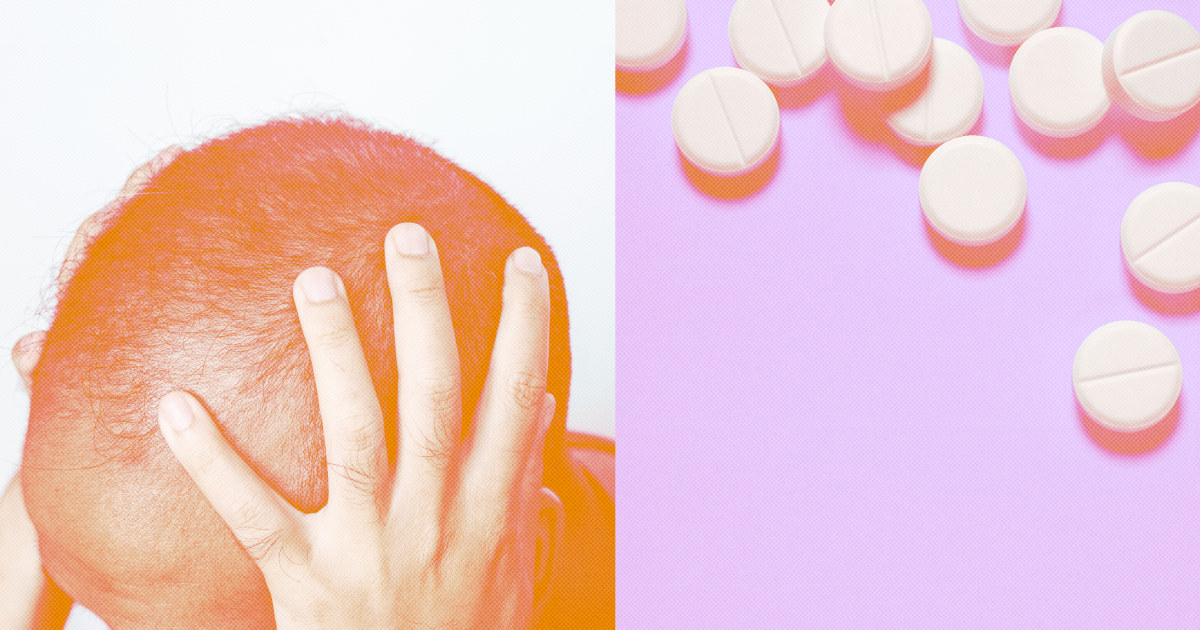
More and more young men are turning to finasteride, a medication used to prevent hair loss, as its use has seen a significant increase in the past seven years. According to a report by Epic Research conducted on behalf of NBC News, the number of prescriptions for finasteride among men in the U.S. has nearly doubled since then.
Finasteride is not typically covered by insurance and costs less than $100 per month as a generic. It works by inhibiting an enzyme that converts testosterone to dihydrotestosterone (DHT), which is believed to be the primary cause of male-pattern baldness.
However, some doctors are raising concerns about potential side effects, particularly in younger men who may be using the drug for longer periods of time. Dr. Jerry Shapiro of NYU Langone Health and other medical professionals have reported seeing an increase in young men seeking treatment for hair loss at an earlier age.
While finasteride has been shown to be effective in treating male-pattern baldness, it can also cause side effects such as breast tenderness, erectile dysfunction, and decreased libido. These side effects are generally more common in older men and those taking higher doses of the drug.
Dr. Maria Colavincenzo of Northwestern Feinberg School of Medicine advises caution when prescribing finasteride to younger men, as the long-term effects are not yet fully understood.
Alternatives to finasteride include minoxidil, a topical treatment that can stimulate hair growth, and lifestyle changes such as reducing stress and improving diet. It is important for men considering treatment for hair loss to consult with their healthcare provider to determine the best option for their individual needs.

